Aerobic processes
Biological processes enable dissolved biodegradable substances (organic matter) to be removed from wastewater. The organic matter provides a nutrient for microorganisms, and is converted under aerobic conditions into biomass, carbon dioxide and water.
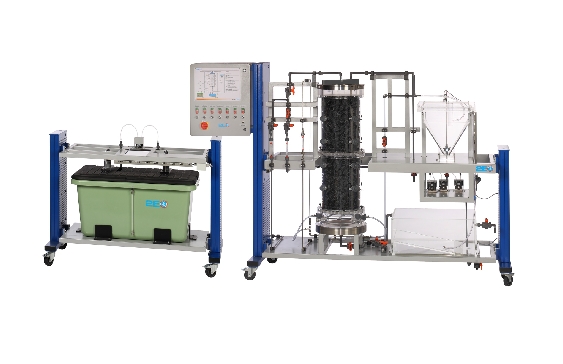
CE 701
Biofilm process
Biological, aerobic water treatment by the biofilm process: trickling filter.

CE 704
SBR process
Sequencing batch reactor.
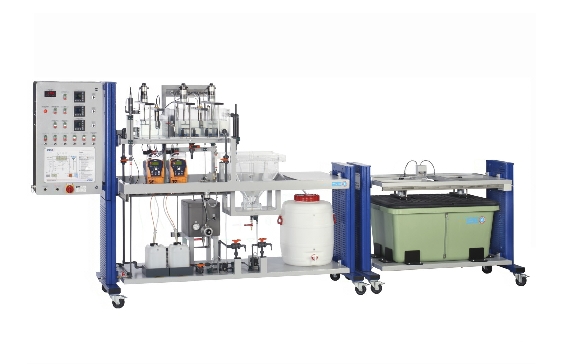
CE 705
Activated sludge process
Wastewater treatment plant in laboratory scale: aerobic biological degradation of organic substances.
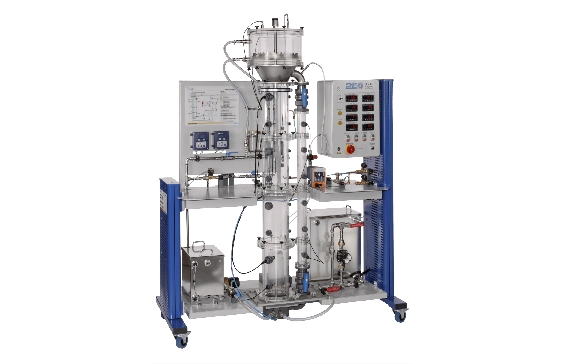
CE 730
Airlift reactor
Aerobic submerged reactor.
Anaerobic processes
In contrast to the aerobic processes, the anaerobic degradation of organic substances takes place in the absence of oxygen. The anaerobic microorganisms use the organic substances as a source of nutrition, and so degrade them. This produces biogas, mainly comprised of methane (60%) and carbon dioxide (35%).
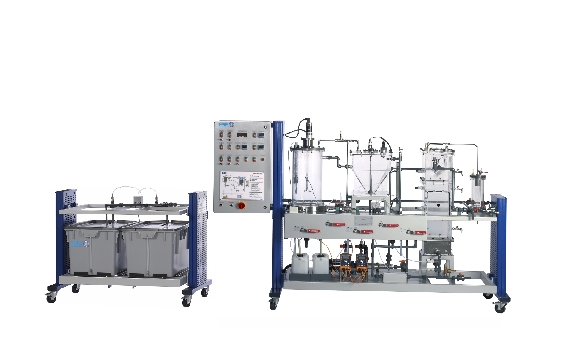
CE 702
Anaerobic water treatment
Anaerobic degradation of organic substances in the stirred tank and UASB reactor for biogas production (UASB: Upflow Anaerobic Sludge Blanket).
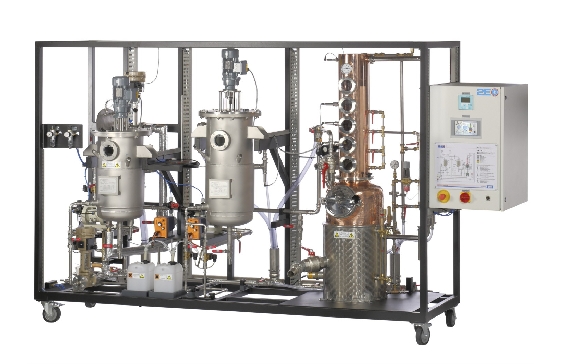
CE 640
Biotechnical production of ethanol
Batch conversion of starch-based raw materials into ethanol.

CE 642
Biogas plant
Two-stage continuous degradation of organic substances. First stage: hydrolysis and acidification, second stage: anaerobic degradation.
VIETNAM | Ho Chi Minh City |Solution Center
VIETNAM | Hanoi| Solution Center
